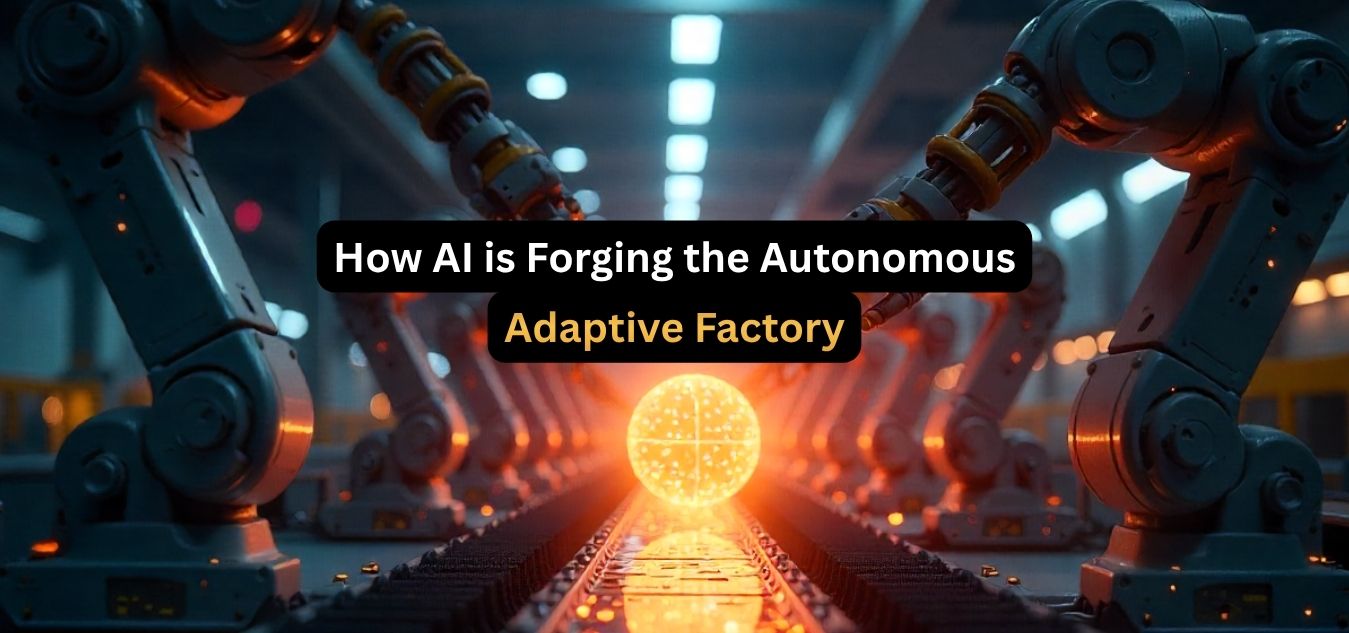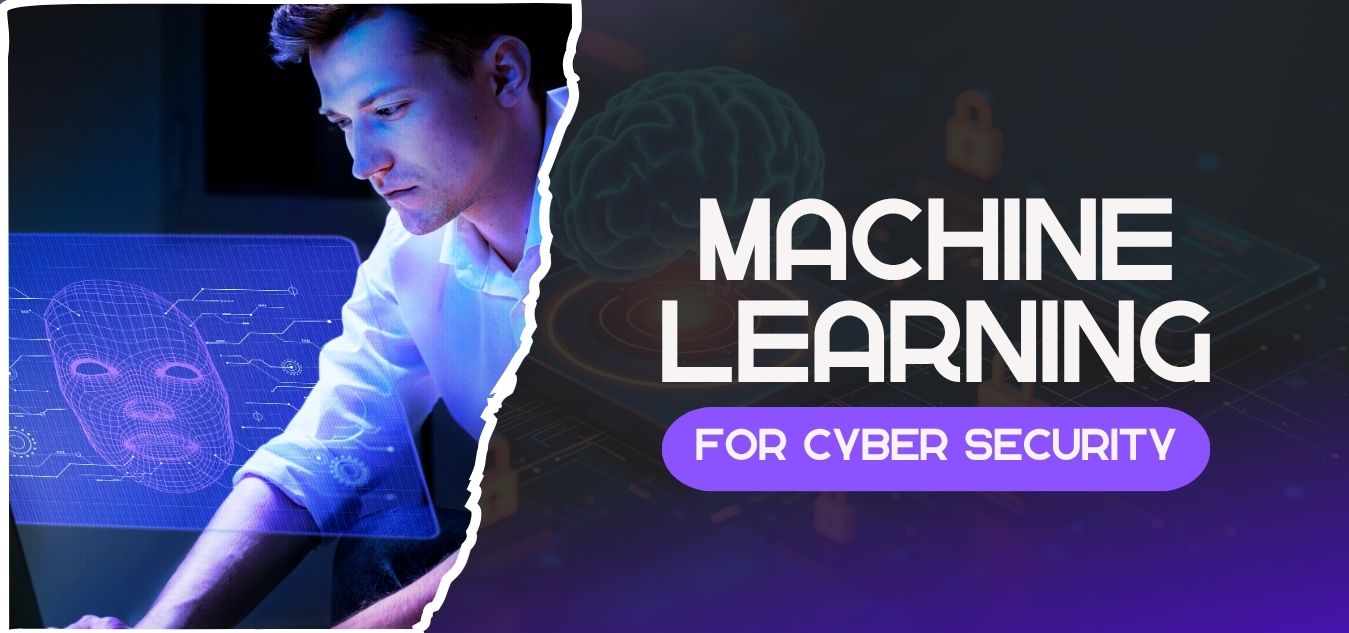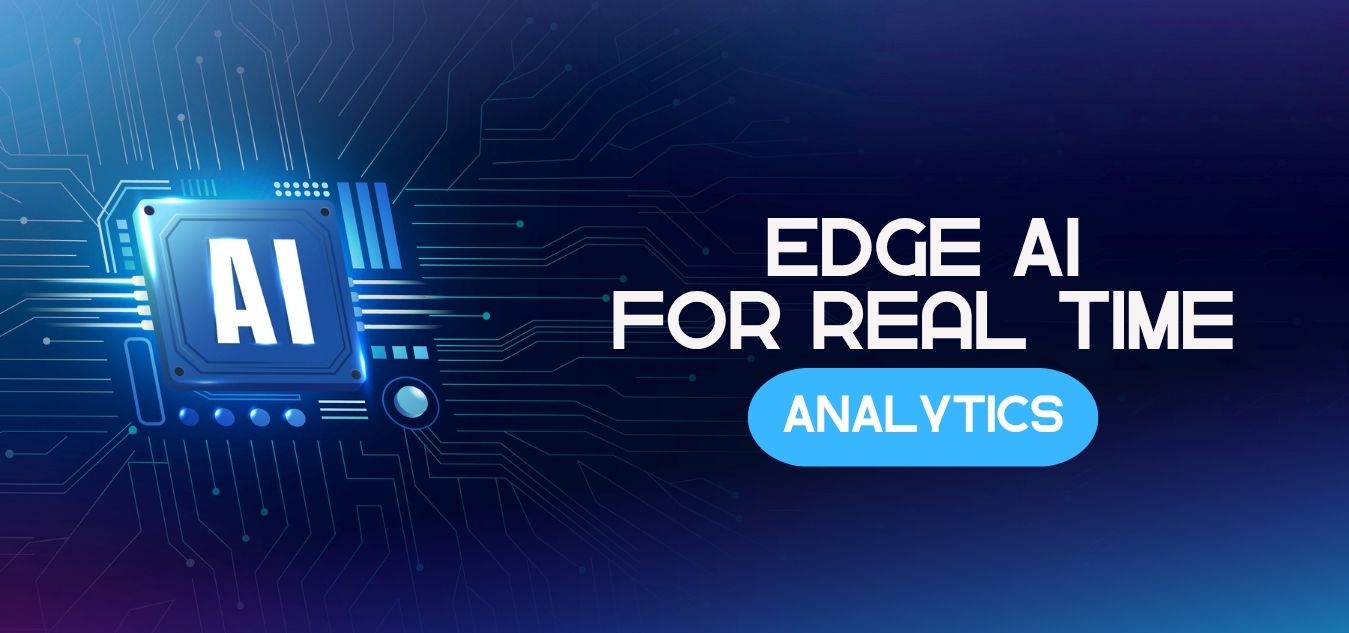
Edge AI for Real-Time Analytics: The New Frontier of Instant Intelligence
What exactly is Edge AI?
At its core, Edge AI (or “AI on the edge”) is a transformative approach that embeds artificial intelligence algorithms directly onto the physical device where data is created, whether it’s a smart camera, a factory robot, an autonomous car, or a wearable medical sensor.
- A Core Technological Shift: At the heart of the Edge AI revolution is the simple, powerful shift of moving the processing “brain” from a distant, centralized data center directly to the local device itself.
- The Critical Need for Speed: In a world dominated by the power of cloud computing, this migration to the edge is critical for one primary reason: speed. Today, speed is no longer just a feature; it’s a fundamental requirement for modern analytics.
- The Perishable Value of Data: In many applications like an autonomous car detecting a pedestrian or a factory robot spotting a microscopic defect the value of that data evaporates in milliseconds.
- The Cloud’s “Round Trip” Bottleneck: While the cloud has long been the champion of data processing, it suffers from the “round trip” delay. The time it takes to send data to the cloud, wait for an analysis, and receive a decision back is simply too long for these time-critical tasks.
The Cloud Bottleneck vs. The Edge Advantage
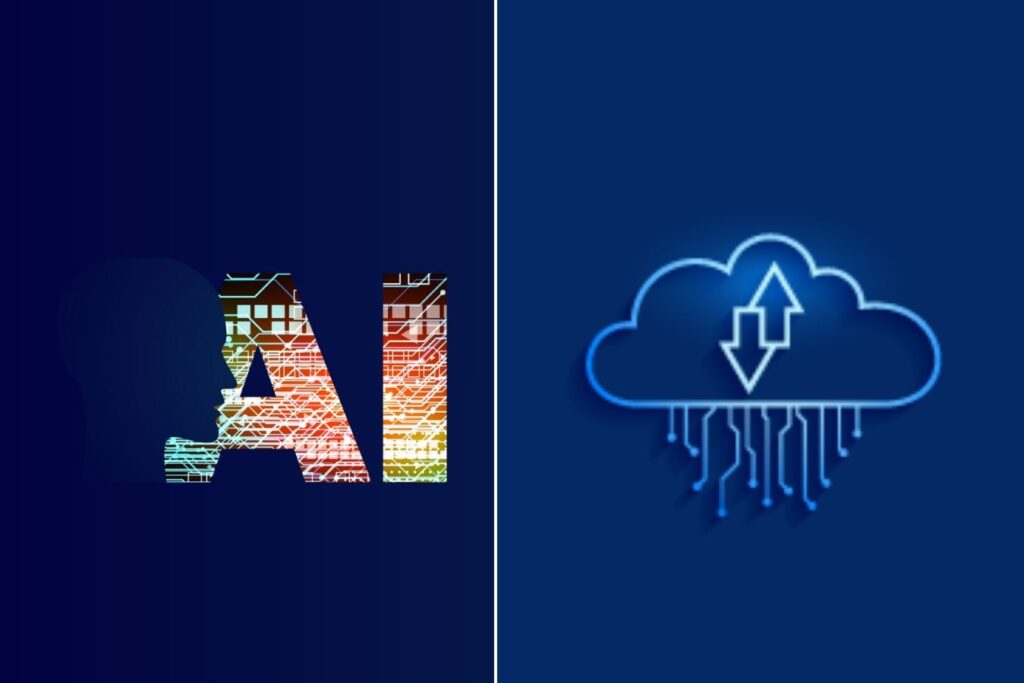
To understand the power of Edge AI, we must first appreciate the limitations of its cloud-based predecessor in real-time scenarios.
- Latency: This is the delay the time it takes for data to travel from a sensor to the cloud and for an instruction to travel back. For a self-driving car, a 200-millisecond latency (a blink of an eye) is the difference between a safe stop and a catastrophe.
- Bandwidth: A single autonomous vehicle can generate terabytes of data per day from its cameras, LiDAR, and radar. Streaming this volume of data to the cloud 24/7 is financially and logistically unfeasible.
- Privacy & Security: When sensitive data such as patient health readings from a wearable device or private video feeds from a home security camera is transmitted over the internet, it creates a larger attack surface, inviting breaches.
- Reliability: What happens when the internet connection drops? For a cloud-reliant smart factory, a network outage means a complete operational halt.
Edge AI directly dismantles these barriers. By processing data locally, it enables ultra-low latency, greater bandwidth efficiency, enhanced privacy, and supreme operational reliability.
At a Glance: Edge AI vs. Cloud AI for Real-Time Analytics
For real-time applications, the choice between edge and cloud processing has profound implications. A hybrid approach is often used, but understanding their core differences is key.
| Feature | Edge AI | Cloud AI |
| Data Processing Location | Locally on the device or a nearby gateway. | Centralized, remote data centers. |
| Latency | Ultra-low (milliseconds). Ideal for real-time reactions. | High (seconds or minutes). Unsuitable for instant decisions. |
| Bandwidth Usage | Very low. Only insights or metadata are transmitted. | Very high. Requires constant streaming of raw data. |
| Privacy & Security | High. Sensitive data stays on the device, reducing exposure. | Moderate. Data is encrypted in transit, but is vulnerable during transmission and on the server. |
| Reliability | High. Operates without an internet connection. | Low. Fully dependent on a stable, high-speed internet connection. |
| Scalability | Scaling involves deploying more edge devices. | Highly scalable; resources can be provisioned on demand. |
| Model Complexity | Limited to smaller, optimized models (e.g., TensorFlow Lite). | Can run massive, highly complex AI models (e.g., large language models). |
| Cost | Higher upfront hardware (CAPEX). Lower operational bandwidth costs (OPEX). | Lower upfront cost. Higher, recurring operational costs for compute and bandwidth. |
Edge AI in Action: Real-World Applications
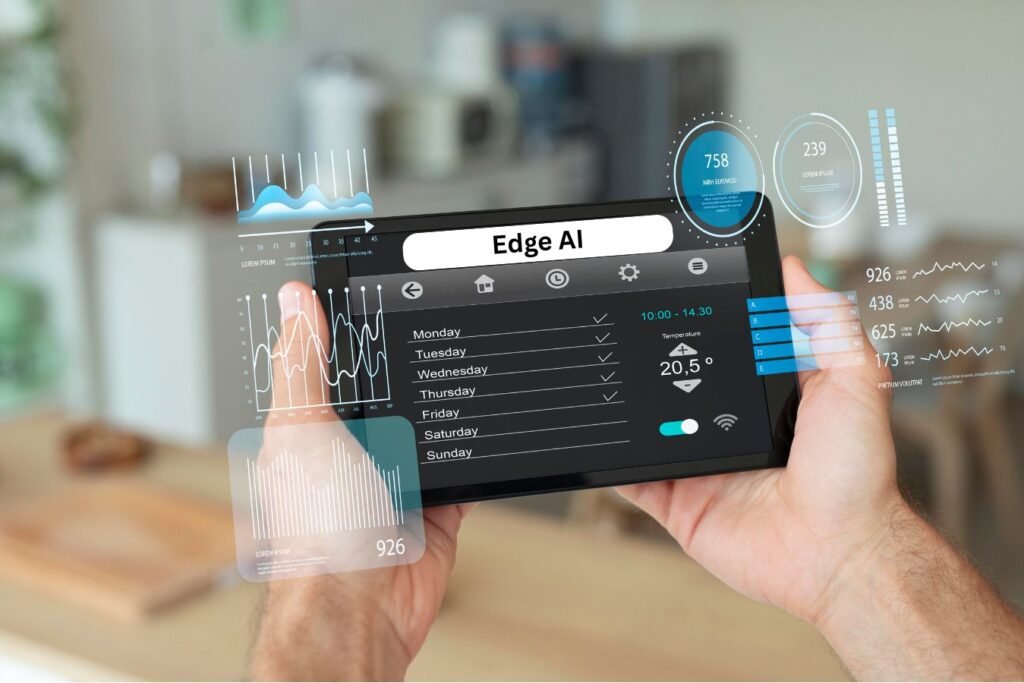
Edge AI is not a futuristic concept; it is already being deployed across major industries, creating tangible value.
Manufacturing & Industrial IoT
The “smart factory” is arguably the flagship use case for Edge AI.
- Predictive Maintenance: On a chemical plant’s assembly line, a critical compressor is outfitted with vibration and acoustic sensors. An Edge AI model running on a small gateway device continuously analyzes these sound and vibration patterns. It can detect a subtle, anomalous frequency signature that indicates a bearing is beginning to fail weeks before it would break. It automatically schedules maintenance, preventing a catastrophic line shutdown that could cost millions.
- Real-Time Quality Control: In a bottling plant, high-speed cameras equipped with on-device AI inspect every single bottle. The edge model instantly identifies microscopic cracks, improper seals, or underfilled bottles tasks that are too fast and minute for the human eye and triggers a robotic arm to remove the faulty product from the line without slowing production.
Healthcare & Medical Devices
In healthcare, milliseconds can save lives.
- On-Device Patient Monitoring: A patient wearing a smart EKG patch is monitored 24/7. The AI model inside the patch analyzes their heart rhythm in real time. It’s trained to instantly detect the specific signature of a dangerous arrhythmia (irregular heartbeat) and can immediately alert the patient and their doctor, rather than just passively collecting data for a later review.
- Remote Diagnostics: In a remote clinic with no stable internet, a doctor uses a portable, AI-enabled ultrasound. The edge device’s AI analyzes the images as they are captured, providing a preliminary diagnosis or highlighting potential abnormalities for the doctor. This brings expert-level diagnostics to areas that desperately lack it.
Autonomous Vehicles & Automotive
Edge AI is the only technology that makes autonomous driving possible.
- Real-Time Sensor Fusion: A self-driving car is a high-speed edge computer. It constantly fuses data from its cameras (vision), LiDAR (light and distance), and radar (object velocity). An incredibly complex Edge AI model processes this fused data in real time to build a 360-degree model of its environment, identifying pedestrians, other cars, and obstacles, and making life-or-death navigation decisions instantly. There is no time to “ask the cloud” for permission to brake.
Smart Retail
Edge AI is quietly reshaping the retail experience, focusing on efficiency and privacy.
- Automated Inventory & Anomaly Detection: An AI-powered camera in a grocery store aisle isn’t sending a 24/7 video feed to a server. Instead, an on-device model simply counts items. When it detects an “out-of-stock” shelf, it sends a simple alert. It can also detect anomalies like a spill in an aisle and dispatch a cleanup crew, all without storing or transmitting any personally identifiable customer images.
The Technology Powering the Edge
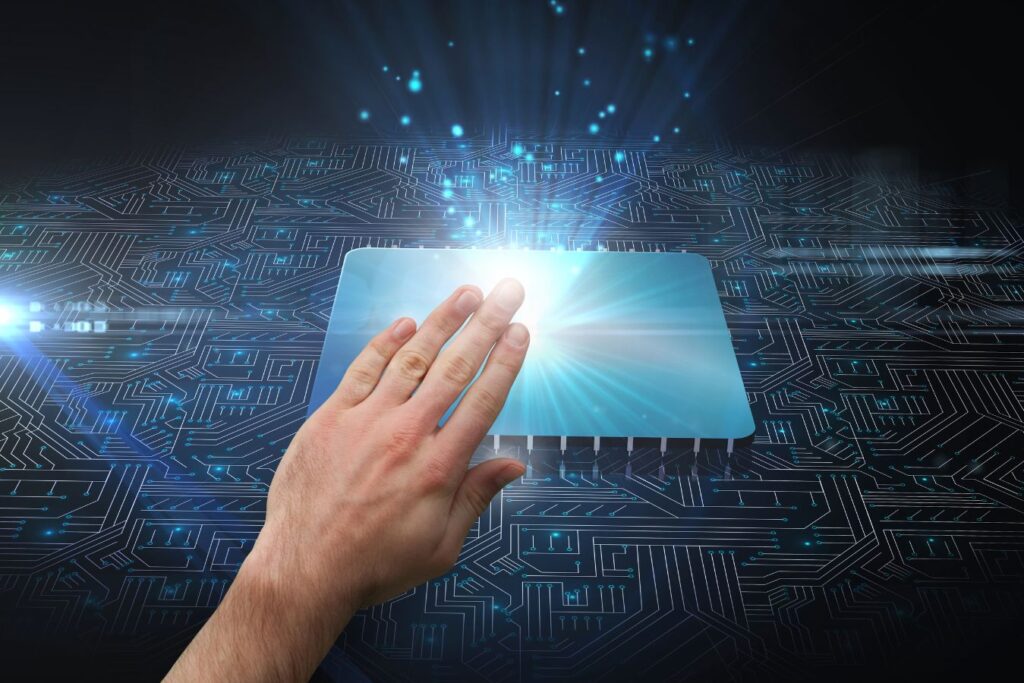
Running complex AI on small, low-power devices is a massive engineering challenge. This has been made possible by a specialized ecosystem of hardware and software.
Hardware Accelerators: Choosing the Right “Brain”
General-purpose CPUs are not efficient for AI. A new class of specialized chips, or “accelerators,” has been developed to handle the unique mathematics of neural networks.
| Accelerator Type | GPU (Graphics Processing Unit) | FPGA (Field-Programmable Gate Array) | ASIC (Application-Specific Integrated Circuit) |
| Primary Strength | High-performance parallel processing. | Flexibility and re-programmability. | Maximum performance and power efficiency. |
| Performance | High | Moderate-High | Highest (for its specific task) |
| Power Efficiency | Low (power-hungry) | Moderate | Highest (very low power) |
| Flexibility | High (software-based changes) | Highest (hardware is reconfigurable) | None. Its function is permanent. |
| Time-to-Market | Fast (mature development tools) | Moderate (requires specialized skills) | Very Slow (long design & fabrication) |
| Best For | Robotics, autonomous vehicles, complex video analytics. | Prototyping, evolving AI models, aerospace & defense. | High-volume, mass-market devices (e.g., smartphones, smart cameras). |
| Examples | NVIDIA Jetson Series | Xilinx Zynq | Google Edge TPU, Apple Neural Engine |
Lightweight Software and Models
You cannot run a 100-billion-parameter cloud AI model on a smartwatch. The solution is optimization.
- Optimized Frameworks:TensorFlow Lite and PyTorch Mobile are specialized toolkits that take large, trained AI models and “shrink” them. They use techniques like quantization (reducing numerical precision) and pruning (removing unnecessary model connections) to create models that are small, fast, and power-efficient.
- TinyML (Tiny Machine Learning): This is an even more extreme field focused on running AI on microcontroller-based devices that consume mere milliwatts of power. This enables AI on tiny, battery-powered sensors that could, for example, run for years analyzing agricultural soil conditions.
The Future: An Intelligent, Decentralized World
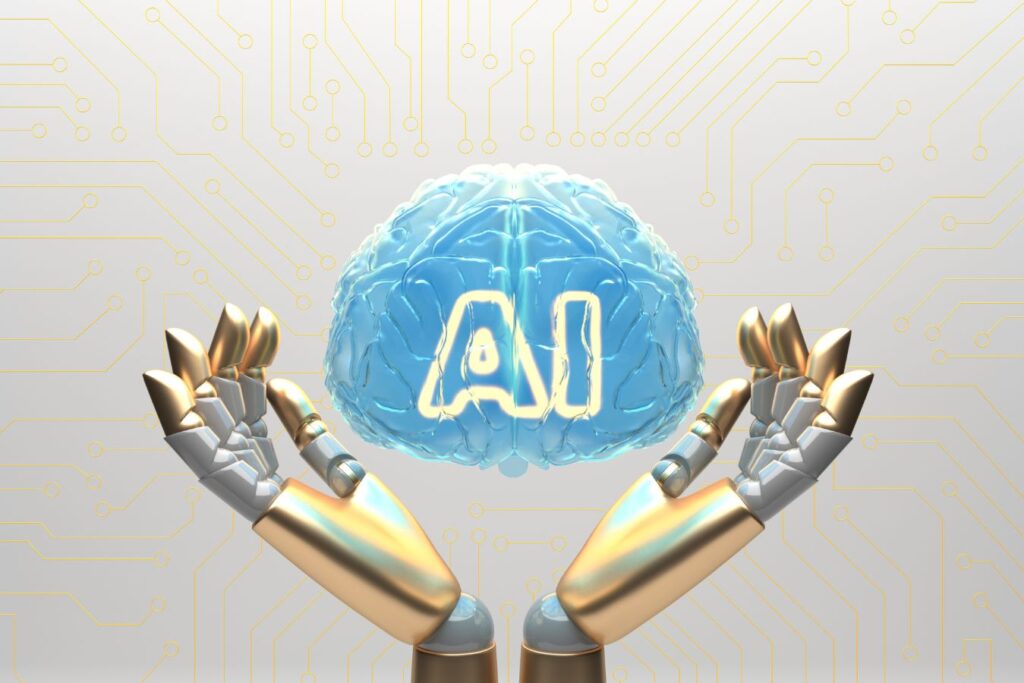
The evolution of Edge AI is only just beginning. The next five years will be defined by even more advanced, interconnected, and brain-like intelligence.
1. Federated Learning: The Privacy-First AI
In the future, AI models will be trained without ever seeing your data. With Federated Learning, a global AI model isn’t trained in the cloud. Instead, a copy of the model is sent to the edge devices (like your phone). The model trains locally on your data (e.g., learning your typing habits for the keyboard predictor). It then encrypts and sends only the small, mathematical improvements (called gradients) back to the cloud, where they are averaged with improvements from thousands of other users to create a smarter global model. Your personal data never leaves your device.
2. Neuromorphic Computing: AI That Thinks Like a Brain
Today’s computers are based on a von Neumann architecture, where processing and memory are separate. This creates a data “traffic jam.” Neuromorphic chips, like Intel’s Loihi, are built differently. They are inspired by the human brain, combining memory and processing into spiking neural networks (SNNs). These chips are “event-driven” they use almost no power until a “spike” of new information (like a sound or a visual change) occurs. The result is AI processing that is thousands of times more power-efficient and offers instantaneous, low-latency reactions, perfect for next-generation robotics and “always-on” sensors.
3. The 5G/6G Catalyst
While Edge AI reduces reliance on the cloud, it thrives on fast, reliable connectivity. 5G (and future 6G) is the perfect partner. Its ultra-reliable low-latency communication (URLLC) allows for mission-critical tasks, like a surgeon in New York remotely controlling a surgical robot in real time. It also enables edge-to-edge communication, where intelligent devices can talk directly to each other.
This leads to Swarm Intelligence, where a group of autonomous drones, for instance, can coordinate a search-and-rescue mission. Using edge AI, they self-organize and share findings directly with each other, covering a vast area far more effectively than a single, centrally-controlled unit.
The Inevitable Shift
Edge AI for real-time analytics is not a trend; it’s a fundamental migration of intelligence. It is the only viable path forward for applications where latency is a liability, bandwidth is a bottleneck, and privacy is paramount. By moving intelligence from distant clouds to the palms of our hands, the factory floors, and the engines of our cars, Edge AI is closing the gap between data and action, forging a world that doesn’t just respond, but anticipates.
Conlusion
The journey from centralized cloud computing to distributed intelligence at the edge marks a pivotal evolution in our relationship with data. Edge AI is not merely an optimization; it’s a re-architecture of how we create and consume intelligence. By closing the distance between data generation and data analysis, it dismantles the barriers of latency, bandwidth, and connectivity that have constrained the potential of real-time applications.
Frquently Asked Questions (FAQ)
What is the main difference between Edge AI and Cloud AI?
The main difference is simply where the AI does its thinking.
Cloud AI: Your device sends data to a powerful, centralized server far away. The server does the analysis and sends the answer back. This can cause a delay.
Edge AI: The AI model runs directly on your device. It analyzes data instantly, right at the source, without needing to send it anywhere.
Think of it as having a calculator in your hand (Edge) versus calling someone to solve a math problem for you (Cloud). The edge is faster and more private.
Is Edge AI going to replace the cloud?
Nope! Edge AI and the cloud are becoming powerful teammates, not rivals. They simply have different jobs.
Think of it this way:
The cloud is the university where a complex AI model is trained on enormous amounts of data to become an expert.
The edge is the real world where a lightweight, specialized version of that model gets sent to do its job instantly and efficiently.
The cloud will continue to handle heavy-duty training and big-picture analysis, while the edge handles the immediate, real-time action.
What are the biggest challenges in implementing Edge AI today?
Putting AI on small devices is powerful, but it comes with a few key hurdles:
Limited Horsepower: Edge devices have much less processing power and memory than cloud servers. Making powerful AI run efficiently on them is a major technical challenge.
Making AI ‘Lightweight’: Standard AI models can be huge. Developers must shrink these models to fit on a device without losing too much of their intelligence, which is a delicate balancing act.
Managing the Fleet: Pushing updates, fixing bugs, and ensuring security for potentially millions of devices spread out across the world is a massive logistical puzzle.

